Emily Margolis • September 30, 2019
Tourism: Apollo's Forgotten Legacy
For 5 nights in July 2019, shortly after dusk, an American landmark disappeared from the Washington, D.C. skyline. The spotlights on the Washington Monument dimmed to reveal a monumental tribute to the Space Age: a life-sized projection of the Saturn V rocket, the tallest, heaviest, most powerful launch vehicle ever built. Expelling digital puffs of water vapor as it towered over the National Mall, the dynamic projection breathed new life into NASA's 50-year-old Apollo moon landing program.
With special permission from Congress, the Smithsonian National Air and Space Museum orchestrated this commemorative event, which culminated in a feature presentation of "Apollo 50: Go for the Moon." This 17-minute visual spectacular told the story of the 8-day mission across 3 screens and the eastern face of the Washington Monument. The production married historic audio recordings and video footage with the highest quality computer-generated imagery and a swelling score.
Thousands gathered on the Mall for the screenings on July 19 and 20. Friends and family sprawled across picnic blankets and perched on folding chairs, with snacks and cameras close at hand. A group of 20-somethings played the Interstellar soundtrack on a Bluetooth speaker. Food trucks distributed ice cream and hot dogs to hungry visitors awaiting the start of the show. The air heavy with humidity and anticipation, the spirit of launch day was alive on the National Mall.
In the days leading up to the launch of Apollo 11 on July 16, 1969, people from across the country and the world poured into Brevard County, Florida, home of NASA's Kennedy Space Center. Roadways were gridlocked and regional airports reported 4 to 5 times their usual traffic. The Sheriff's Department estimated that somewhere between 750,000 to 900,000 tourists assembled along the county's coastline to witness this history-making event.
One observer described the scene that Wednesday morning as a "mammoth family picnic" filled with "kids and sand castles and the smell of suntan lotion and a sea of blankets and six-packs of Busch strapped to belt loops and lovers in the sand dunes and bridge games and paper bags fashioned into sun shades and dogs like fuzzy brown mushrooms." People set up telescopes alongside charcoal grills, waved American flags, and displayed hand-painted signs wishing the astronauts well. Residents sold them orange juice from local citrus groves and an enterprising youngster rented seats in a makeshift grandstand in her parents' backyard.
At 9:32 a.m., all eyes turned to the sky as Michael Collins, Buzz Aldrin, and Neil Armstrong began their ascent towards the moon. Millions more watched from the comfort of home courtesy of ABC, CBS, and NBC. As the mission unfolded, 53 million households (nearly 94% of all homes with a television set) tuned in. The moon landing had the largest audience of any event in history up to that point.
United in their viewership, Americans were in fact deeply divided over the value of Project Apollo. The program's staggering cost—projected to exceed $20 billion—and accelerated pace caused great concern. Many people felt that the money spent on the lunar landing program should be applied to terrestrial issues, such as curing cancer, improving education, and fighting poverty. Others feared that the race to the moon diverted America's best minds—scientists, engineers, and managers—from the same problems. Public opinion polls reveal that, in the 8 years between Kennedy's directive and touch down at Tranquility Base, 45 to 60% of Americans believed Project Apollo was not worth the costs.
This widespread ambivalence alarmed Olin Teague, chair of the House Subcommittee for Manned Spaceflight, who understood the correlation between public approval and appropriations. In 1964 Teague wrote to NASA Administrator James E. Webb with a radical suggestion to rally support for Project Apollo: opening the Kennedy Space Center to the public. Recognizing the space agency's need to encourage public participation in its programs, Webb endorsed Teague's proposal. Modest visitor programming began in the fall of 1964 and a formal visitor center opened in 1967. By then, the Kennedy Space Center had become one of the top tourist attractions in pre-Disney Florida. (To learn more, check out my interview with Casey Dreier here.)
More than fifty years later, the Kennedy Space Center is still a wildly popular destination, welcoming over 1.5 million visitors a year. It is a place where people from across the globe come to learn about and celebrate America's activities in space. Ironically, the visitor programs emerged from a moment of criticism rather than celebration. Tourism at the Kennedy Space Center is an important, if forgotten, legacy of Project Apollo.
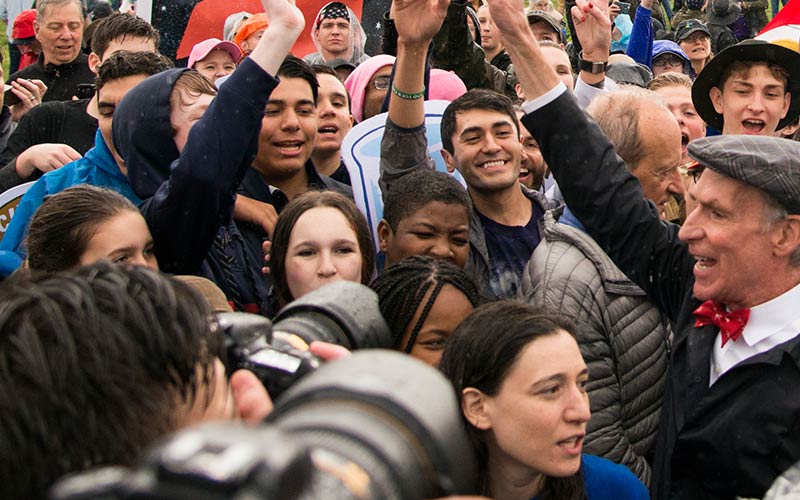
Let's Change the World
Become a member of The Planetary Society and together we will create the future of space exploration.
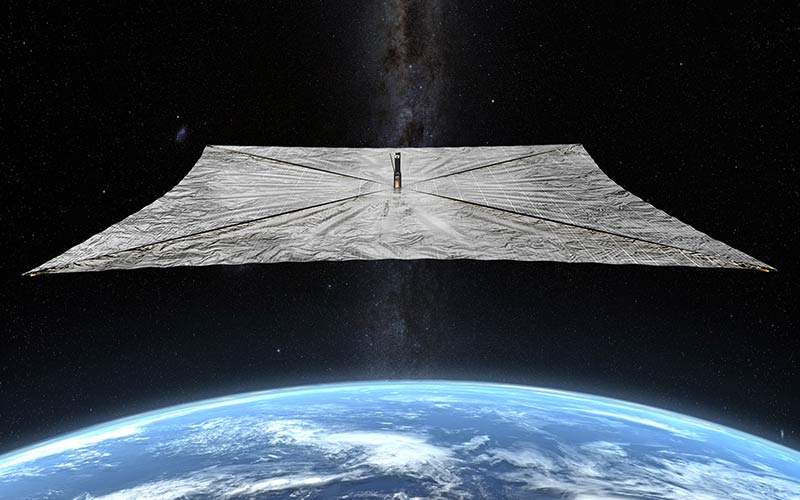
LightSail 2
LightSail 2 launched aboard the SpaceX Falcon Heavy. Be part of this epic point in space exploration history!
from Planetary Society Blog https://ift.tt/2n0TDSQ
via IFTTT
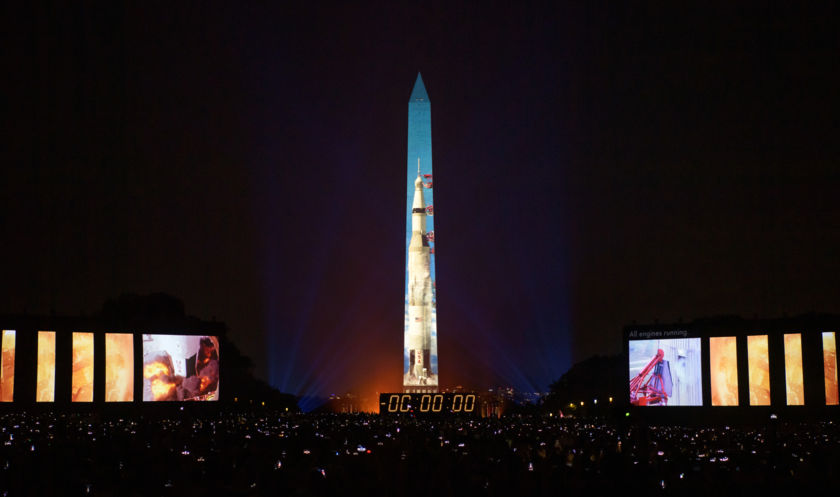
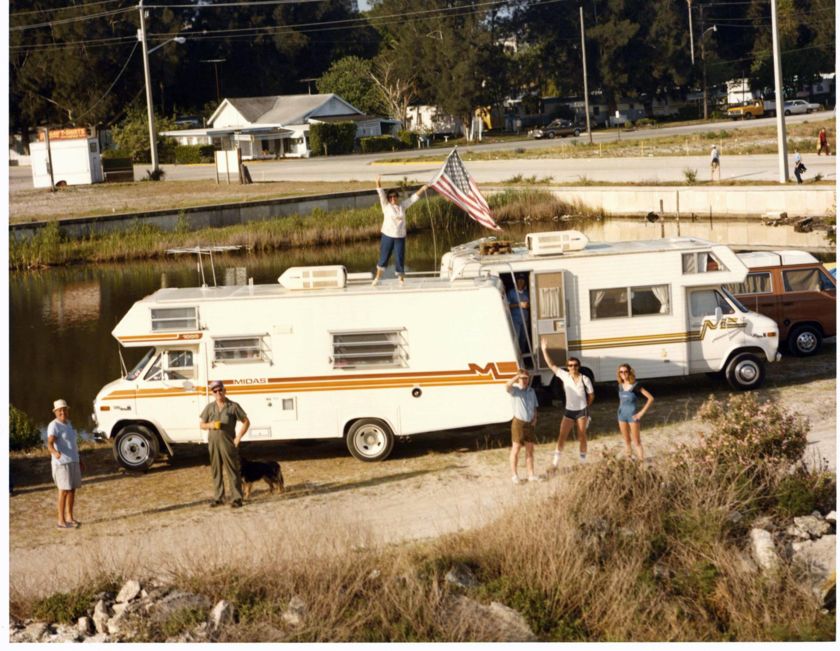

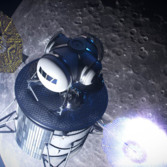
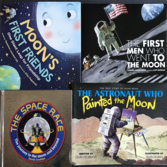
沒有留言:
張貼留言